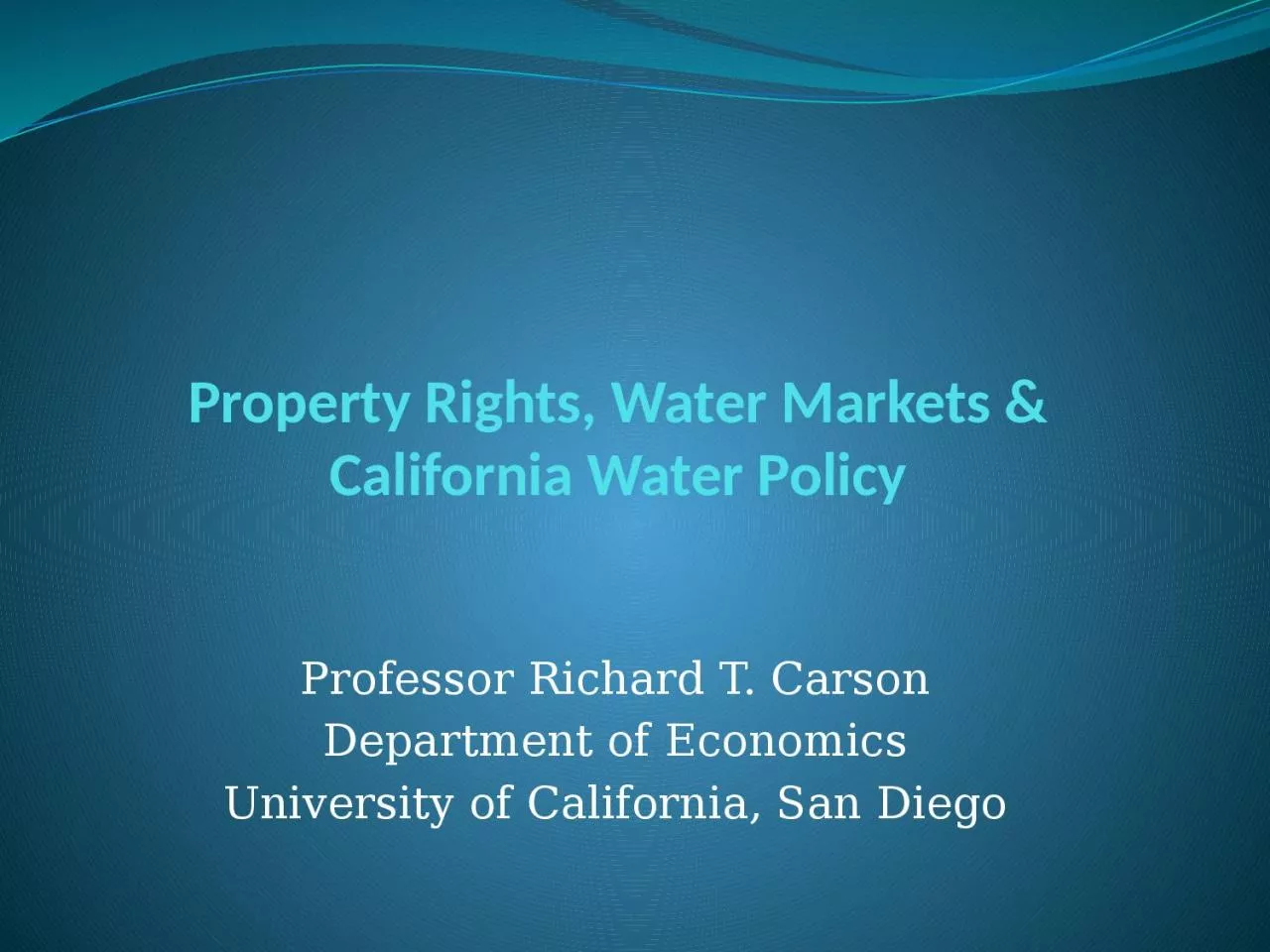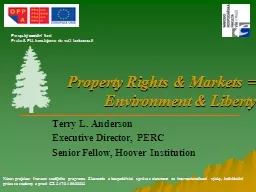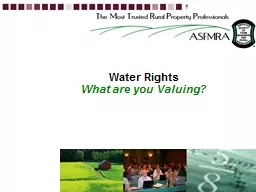PPT-Property Rights, Water Markets & California Water Policy
Author : CantTouchThis | Published Date : 2022-08-02
Professor Richard T Carson Department of Economics University of California San Diego Water Grab Game River Water Grab Game No Conflict 1 Farm
Presentation Embed Code
Download Presentation
Download Presentation The PPT/PDF document "Property Rights, Water Markets & Cal..." is the property of its rightful owner. Permission is granted to download and print the materials on this website for personal, non-commercial use only, and to display it on your personal computer provided you do not modify the materials and that you retain all copyright notices contained in the materials. By downloading content from our website, you accept the terms of this agreement.
Property Rights, Water Markets & California Water Policy: Transcript
Download Rules Of Document
"Property Rights, Water Markets & California Water Policy"The content belongs to its owner. You may download and print it for personal use, without modification, and keep all copyright notices. By downloading, you agree to these terms.
Related Documents














